The Permian Period
Evolution: Daring. Inventive. Enduring.
The journey from water to land is one of the greatest adventures in life's history. Evolution of landliving animals was a gradual process, marked by a series of key innovations. One of the most important was the development of lungs, which allowed early four-legged animals to breathe air and venture onto land. At the Museum of Evolution we are proud to have one of the finest collections of real Permian skeletons in the world. Using sound, light and scent we have reinterpreted the Permian Era.
Dimetrodon grandis
Ruler of the Permian period
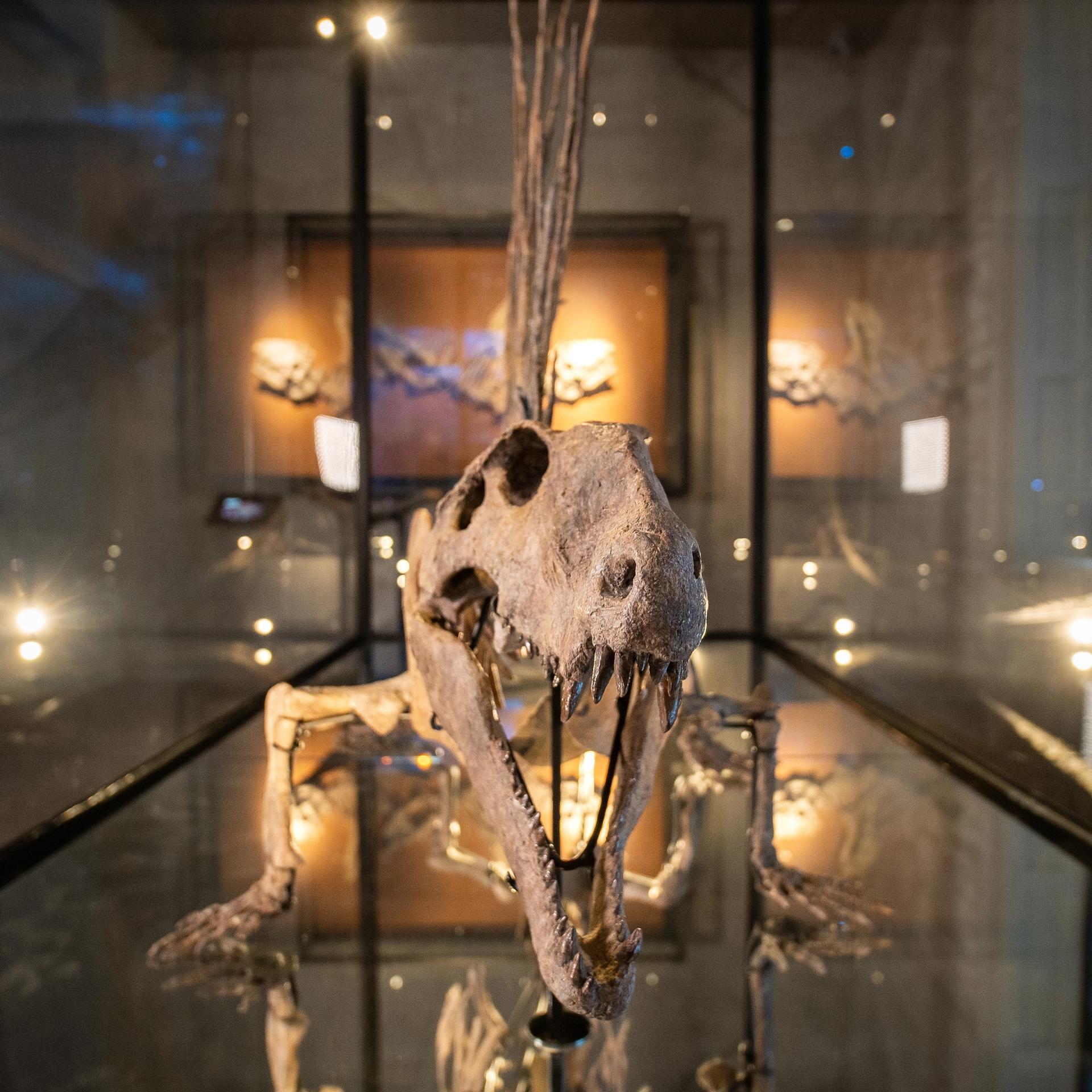
Dimetrodon roamed the earth between 280 and 265 million years ago. Although it mostly resembles a reptile, or even a lizard, Dimetrodon is actually more closely related to us mammals.
Read moreEdaphosaurus boanerges
Dimetrodons herbivorous relative
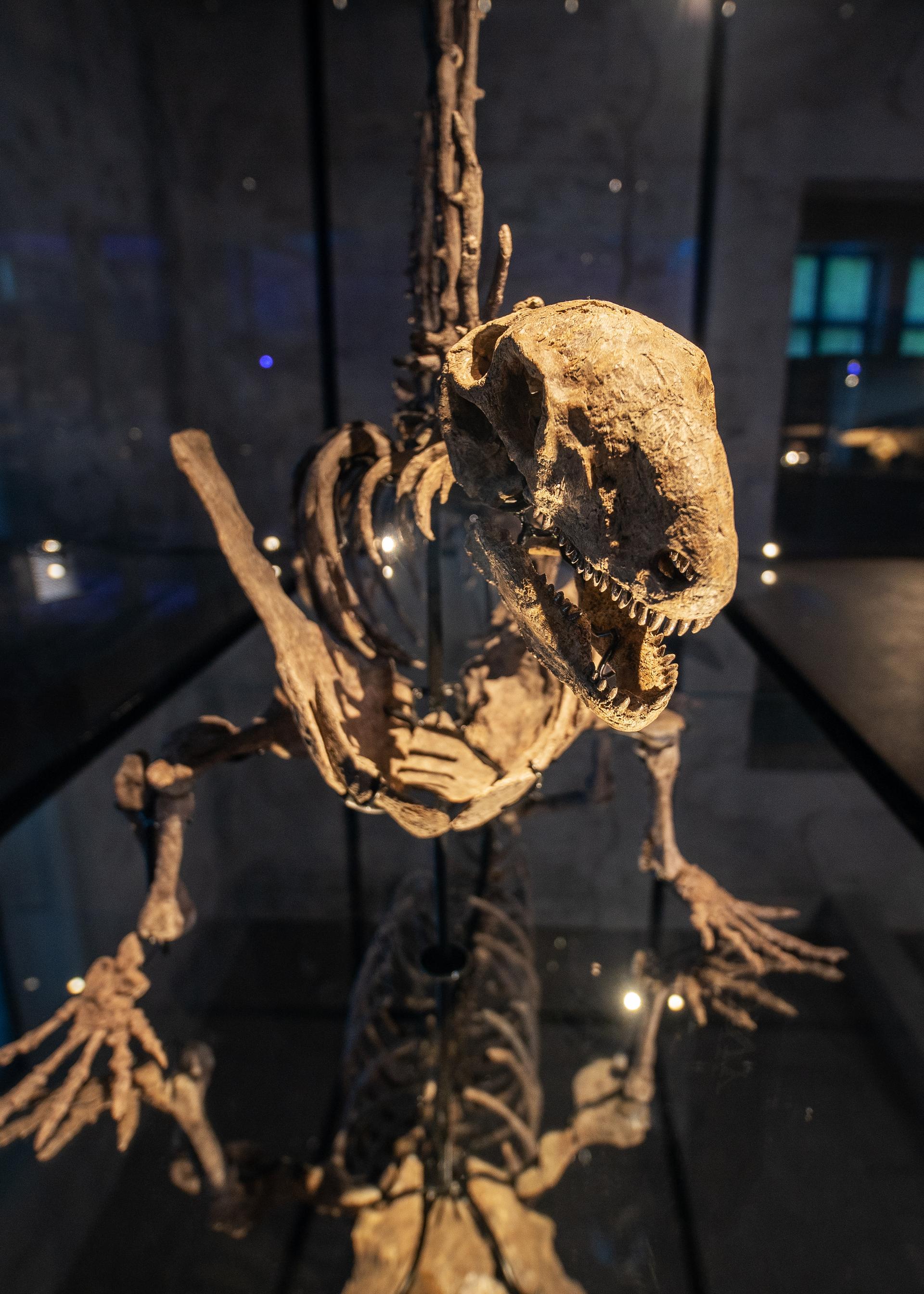
The herbivorous Edaphosaurus was very similar to Dimetrodonbut slightly larger. With its long four-legged body, Edaphosaurus strolled the landscape of the earliest Permian period.
Read moreEryops megacephalus
A 200 kg giant carnivorous toad
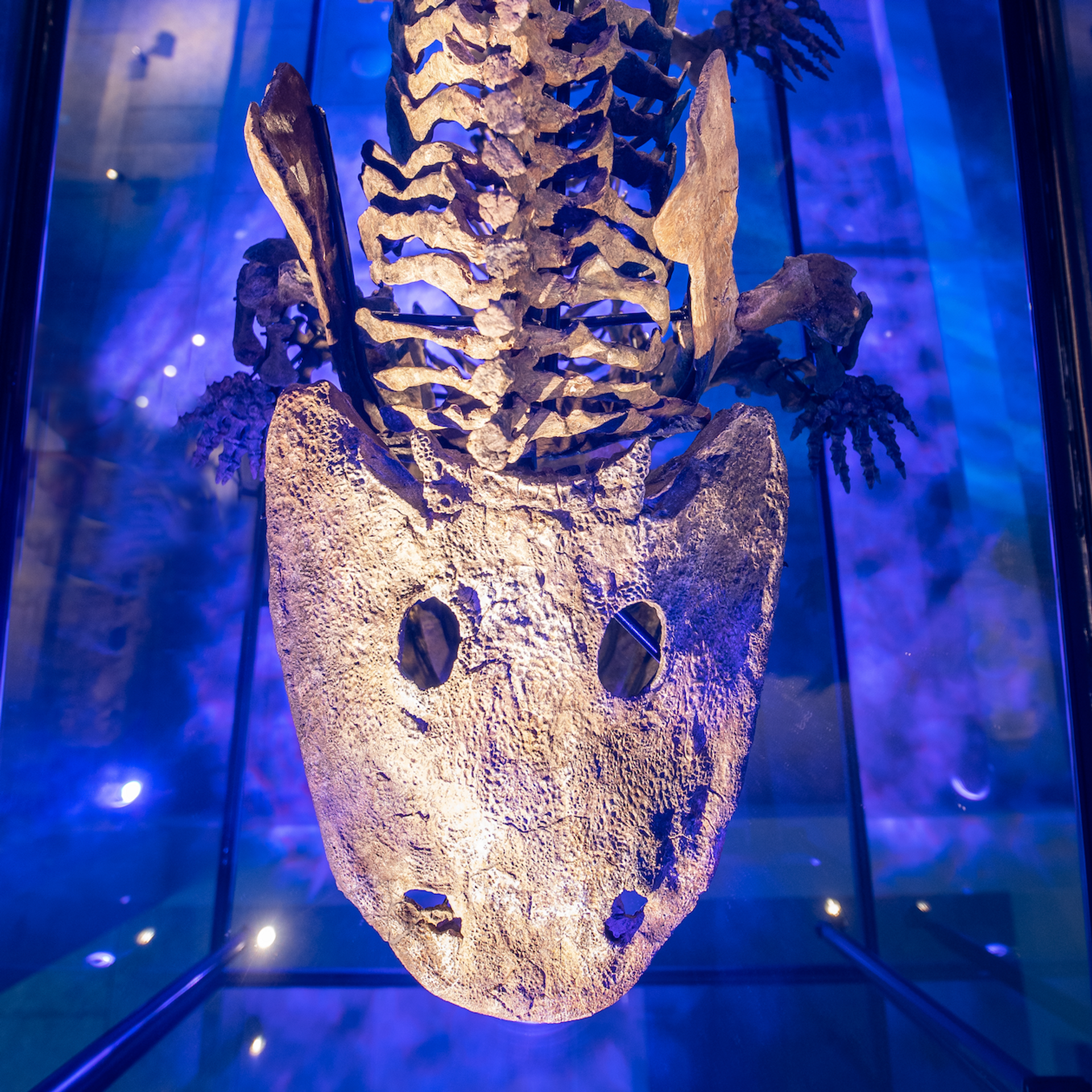
Down in the swamps of the Permian period Eryops could be found, which closely resembled a huge toad. But even though Eryops belongs to a distant branch of the same family as today’s amphibians (frogs and toads), it was far from similar to little toads.
Read moreEdops craigi
Eryops’ slightly more primitive relative
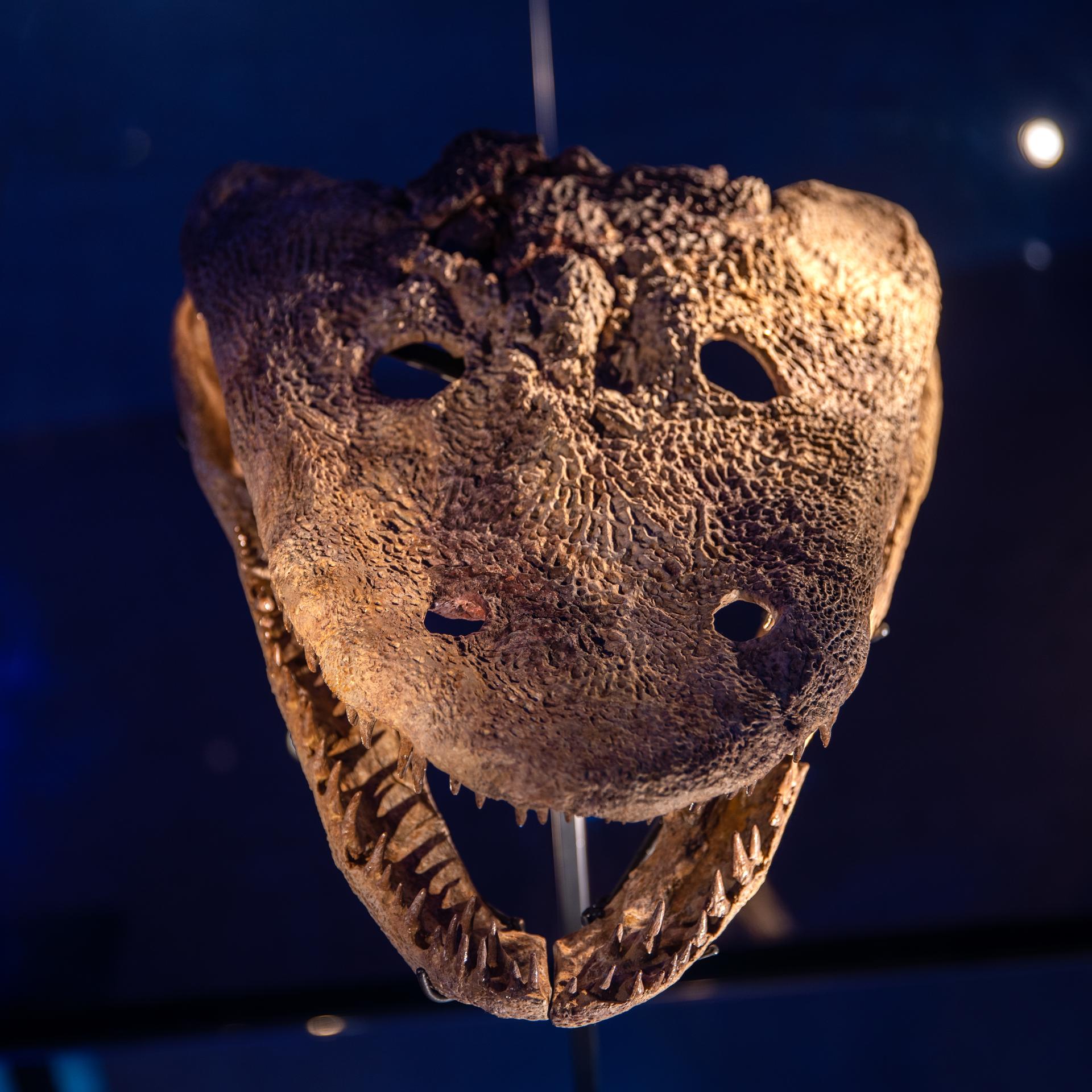
Edops was Eryops‘ slightly older cousin (‘more primitive’ as it would be said in palaeontology-speak). Edops originated in the Carboniferous period, the time just before the Permian period.
Read moreDiadectes sideropeilcus
The Permian period’s fully terrestrial animal

Diadectes was the first fully terrestrial vertebrate to attain a large size. It did so because it mastered life on land better than all its predecessors and, among other things, developed the ability to eat and breathe at the same time.
Read moreArcheria crassidisca
Still-aquatic predator of the Permian period

With its crocodile-like body and eel-like tail, Archeria moved smoothly through the waters of the Permian period. Its mouth had about 200 small teeth that it used when hunting its favourite food, smaller fish.
Read moreApateon pedestris
King of the lakebed, but only 9 cm long
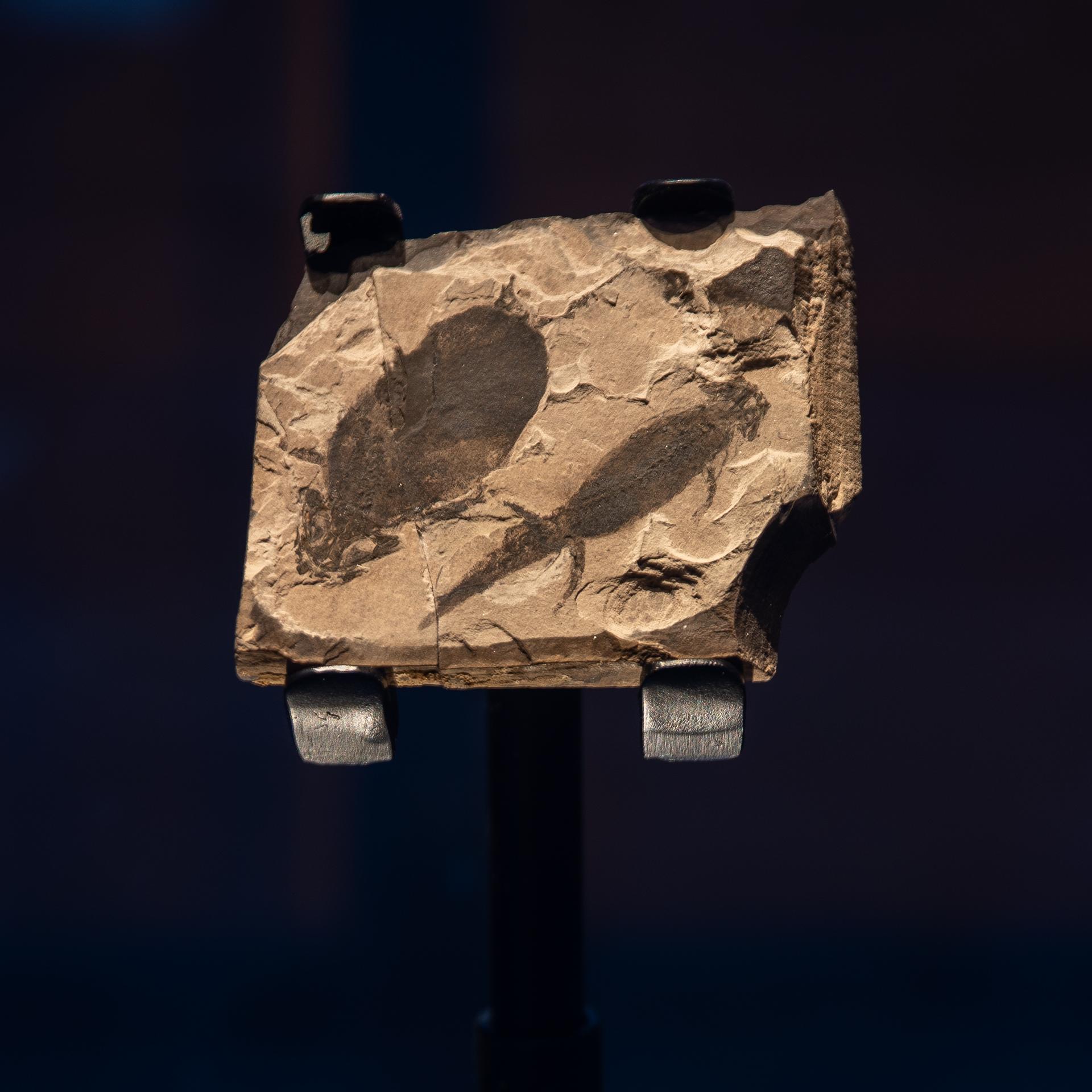
In sort of the same way that birds can fly into the air and escape predators on land, Apateon evolved the ability to get down to the bottom of lakes. As the ruler of the bottom of the lake, Apateon pedestris used its big eyes to scout for microorganisms to eat.
Read moreSclerocephaulus hauseri
The Permian Periods answer to today’s lizards

Sclerocephalus was a cousin of Eryops and Edops and looked very much like them. Once again, we have a metre-long toad that was hatched in water, where it underwent a transformation of its body that would enable it to move on land as an adult.
Read moreMetoposaurus
Huge and ferocious, salamander-like creature
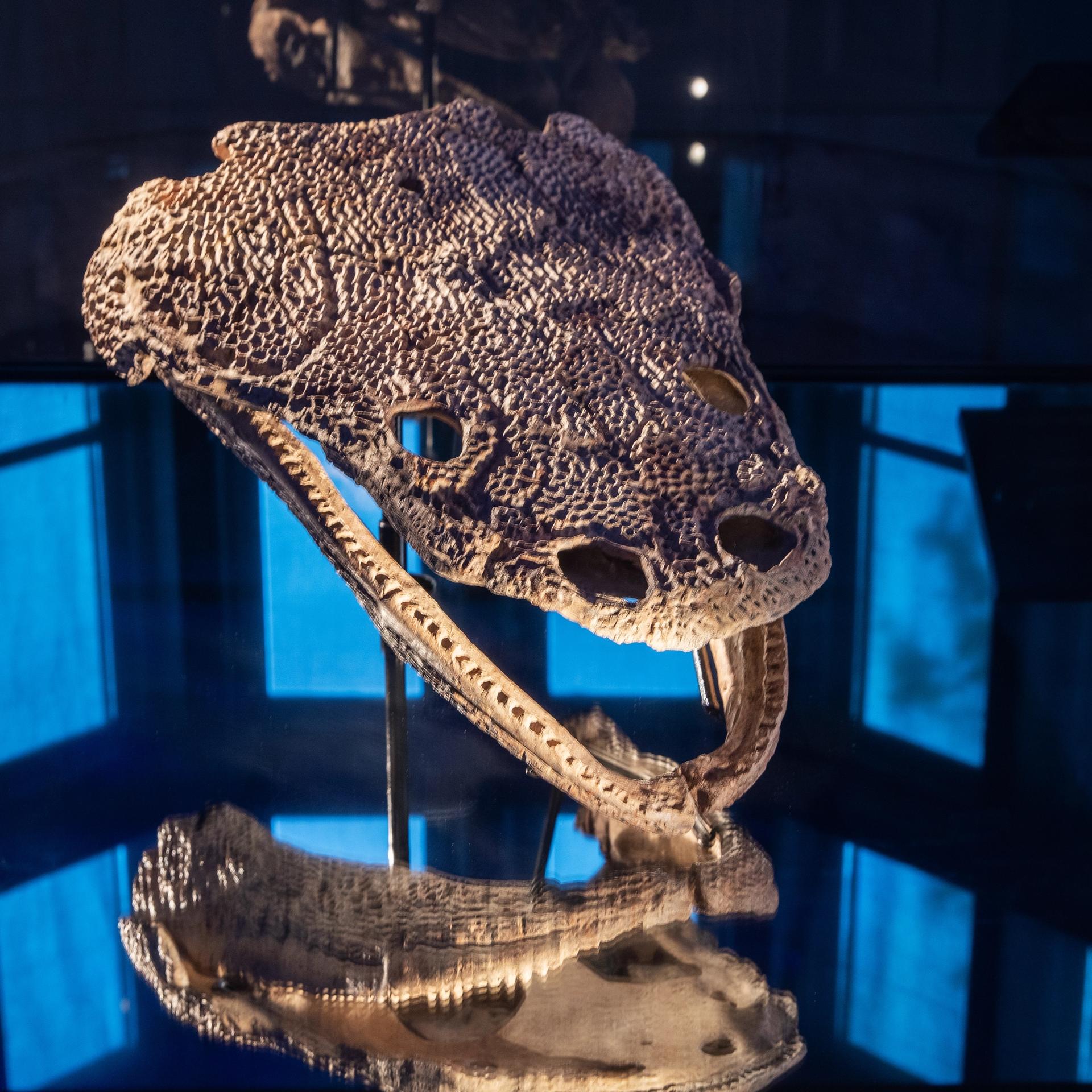
Metoposaurus was a huge toad that lived in the time when the first dinosaurs appeared, namely the Triassic period, known only by its monkey-like five-fingered footprints, prowls along the riverbank in the twilight.
Read moreDimetrodon limbatus
Permians ruler in its ‘death pose’
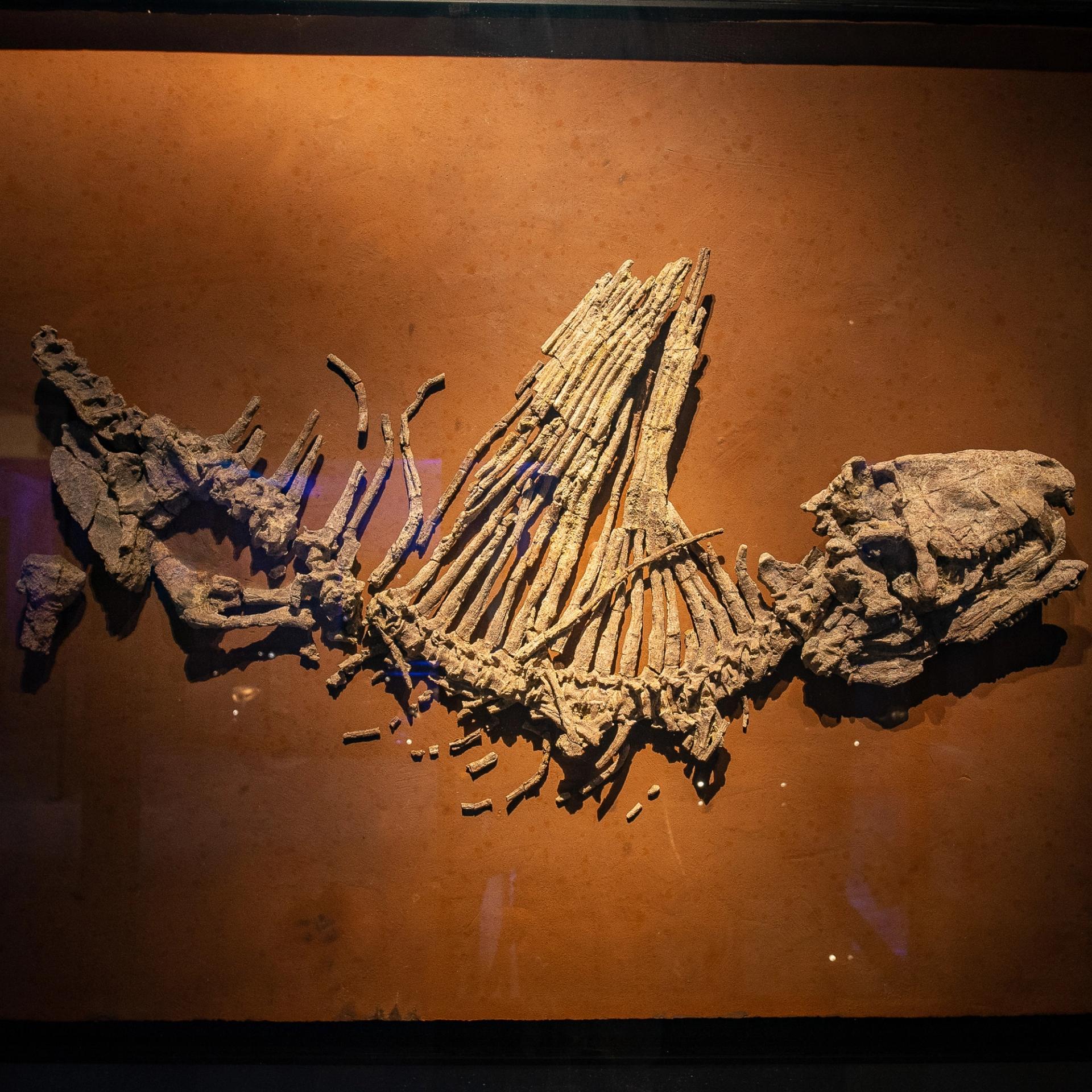
This Dimetrodon specimen lies in its ‘death pose’: the exact position in which it died in Texas, about 300 million years ago.
Read more